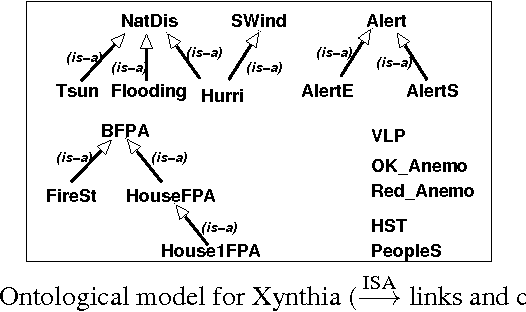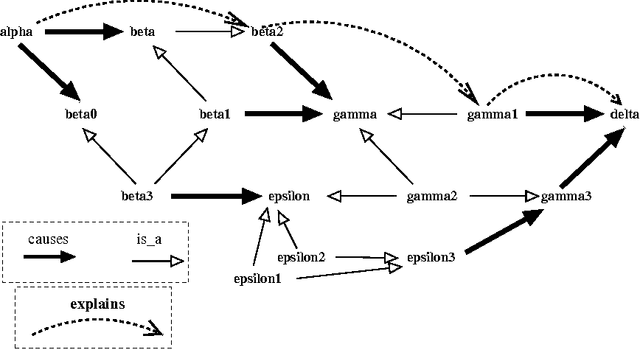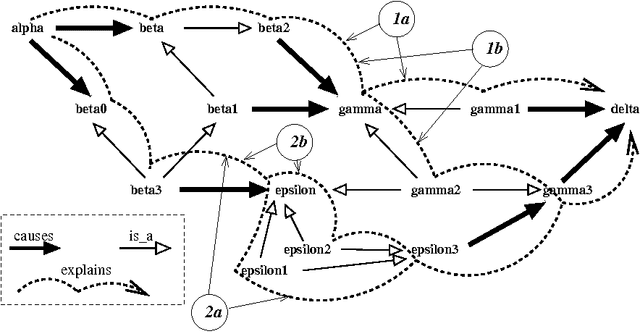Philippe Besnard
IRIT
Semantics of negative sequential patterns
Feb 21, 2020



Abstract:In the field of pattern mining, a negative sequential pattern is specified by means of a sequence consisting of events to occur and of other events, called negative events, to be absent. For instance, containment of the pattern $\langle a\ \neg b\ c\rangle$ arises with an occurrence of a and a subsequent occurrence of c but no occurrence of b in between. This article is to shed light on the ambiguity of such a seemingly intuitive notation and we identify eight possible semantics for the containment relation between a pattern and a sequence. These semantics are illustrated and formally studied, in particular we propose dominance and equivalence relations between them. Also we prove that support is anti-monotonic for some of these semantics. Some of the results are discussed with the aim of developing algorithms to extract efficiently frequent negative patterns.
Proceedings of the Eleventh Conference on Uncertainty in Artificial Intelligence (1995)
Aug 28, 2014Abstract:This is the Proceedings of the Eleventh Conference on Uncertainty in Artificial Intelligence, which was held in Montreal, QU, August 18-20, 1995
Arguments using ontological and causal knowledge
Jan 16, 2014



Abstract:We investigate an approach to reasoning about causes through argumentation. We consider a causal model for a physical system, and look for arguments about facts. Some arguments are meant to provide explanations of facts whereas some challenge these explanations and so on. At the root of argumentation here, are causal links ({A_1, ... ,A_n} causes B) and ontological links (o_1 is_a o_2). We present a system that provides a candidate explanation ({A_1, ... ,A_n} explains {B_1, ... ,B_m}) by resorting to an underlying causal link substantiated with appropriate ontological links. Argumentation is then at work from these various explaining links. A case study is developed: a severe storm Xynthia that devastated part of France in 2010, with an unaccountably high number of casualties.
Possibility and Necessity Functions over Non-classical Logics
Feb 27, 2013Abstract:We propose an integration of possibility theory into non-classical logics. We obtain many formal results that generalize the case where possibility and necessity functions are based on classical logic. We show how useful such an approach is by applying it to reasoning under uncertain and inconsistent information.
Ontology-based inference for causal explanation
Apr 27, 2010

Abstract:We define an inference system to capture explanations based on causal statements, using an ontology in the form of an IS-A hierarchy. We first introduce a simple logical language which makes it possible to express that a fact causes another fact and that a fact explains another fact. We present a set of formal inference patterns from causal statements to explanation statements. We introduce an elementary ontology which gives greater expressiveness to the system while staying close to propositional reasoning. We provide an inference system that captures the patterns discussed, firstly in a purely propositional framework, then in a datalog (limited predicate) framework.
 Add to Chrome
Add to Chrome Add to Firefox
Add to Firefox Add to Edge
Add to Edge